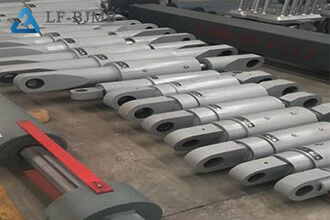+86 177 5193 6871
222, Block B, Diamond International, Guozhuang Road, Xuzhou, Jiangsu, China
A damper is a device used to slow down structural vibration and disperse seismic energy, and there are various types for different structures and seismic environments. The following are some common types of dampers:

1. Viscous Dampers: These dampers contain a movable fluid or oil and dissipate vibration energy through viscous action. Viscous dampers can be designed to be linear or non-linear, depending on the needs of the structure.
2. Tuned Mass Dampers (TMD): Tuned Mass Dampers are used to reduce structural vibration by suspending a mass of pendulums to adjust their oscillating frequency to match the vibration frequency of the structure. It is commonly used in structures such as floors, bridges, and chimneys.
3. Tuned Liquid Column Dampers (TLCD): A TLCD is a device that utilizes the oscillation of a liquid to mitigate structural vibration. It is suitable for vibrations in a specific frequency range.
4. Tuned Sloshing Dampers: A sloshing damper uses the shaking of a liquid to dampen the vibration of a structure. It is often used in structures such as offshore platforms and high-rise buildings.
5. Piezoelectric Dampers: These dampers use piezoelectric materials whose electrical properties, when excited by external vibrations, convert electrical energy into mechanical energy, thus dissipating the vibration energy. Piezoelectric dampers can be used for the control of small vibrations.
6. Friction Dampers: Friction dampers mitigate vibration by increasing friction on the structure. They can be linear or non-linear, depending on the structural requirements.
7. Air Dampers: Air dampers use air to dampen structural vibration. This type of damper is often used on large bridges and building structures.
These are just a few of the types of dampers, and there are several other innovative designs. The selection of a particular type of damper usually depends on the characteristics of the structure, the seismic environment, and the design objectives. During the design process, engineers will select the most appropriate type of damper for the specific needs.
